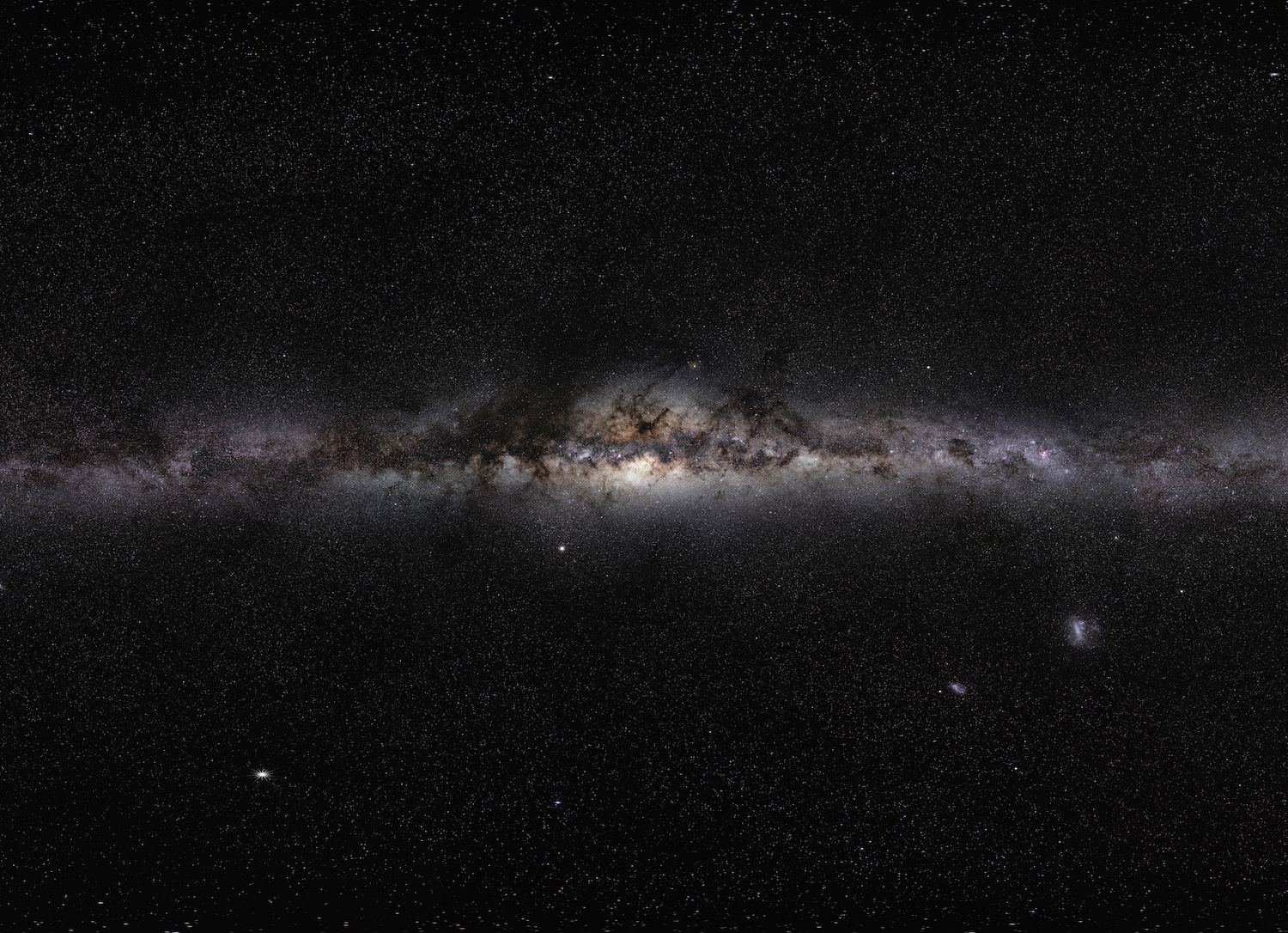

Death is little more than a foregone conclusion for all natural matter, but an ever-expanding universe always tends to put our seemingly inconsequential lives into perspective. For instance, by the time the Milky Way winks out of existence, any evidence that humans ever existed is guaranteed to be long gone.
In the cosmos, the physics involved in death and dying are a little more subjective than it is here on Earth. For instance, when the sun begins the process of sputtering out, the star will redden and swell up to more than a hundred times its current size. In its final throes, the star will devour the inner planets, leaving Earth to either burn up with it, or freeze over from the cold abyss without a star to keep it warm. Continuing the theme of cosmic devastation, some have predicted that the galaxy as we know it will disappear in another five billion years or so, when the Milky Way collides with the neighboring Andromeda galaxy 2.5 million light-years away to form one mega-entity.
[Related: There’s a chance the black hole at the center of our galaxy is actually a wormhole]
But similarly to how bones can persist years after humans and animals meet their demise, our slice of the cosmos will leave behind a corpse of its own. Though it will be billions of years before such a fate becomes reality, a new study published in the journal Monthly Notices of the Royal Astronomical Society, details where stars in our beloved Milky Way will end up: the galactic underworld.
Essentially a graveyard, this celestial Tartarus is home to a ghostly distribution of dead neutron stars and black holes that were formed when exploding supernovae exhausted the life cycles of what were once massive suns. Though invisible to the naked eye, astronomers used digital simulations as well as their knowledge of galactic history to model ancient stellar distributions, paving the way to chart the first map of the Milky Way’s final resting place. “Astronomers have come up with these sorts of super sophisticated simulations of the galaxy and what it looks like,” says David Sweeney, lead author of the study and a doctoral student at the University of Sydney. “So we ran one of these simulations, and looked at where all the stars vanished.”

Peering past the veil, what they found was certainly surprising. While this galactic cemetery only contains about 1 percent of our galaxy’s overall mass, it exhibits a vastly different distribution and structure than its visible counterpart. This means that unlike a true shadow, they aren’t perfectly in line with each other, and their structures look much different when viewed at different angles. Strangely enough, this cemetery is much bigger than its living twin. In fact it’s so large, it far exceeds that of our own Milky Way.
“It’s a really bizarre shape,” says Sweeney. “It’s sort of three times the height of our normal galaxy, which means it’s sort of much more puffed up, and it might make it harder to observe.” Puffed up, in this case, means that its form resembles more of a spherical cloud than the spiral arms that our current “living” galaxy is known for.
[Related: Astronomers just caught a ‘micronova’—a small but mighty star explosion]
It’s natural to ask when exactly the death of the Milky Way is due. Unfortunately, whether or not our galaxy has an expiration date humans can foresee, it’s hard to say, explains Peter Tuthill, co-author of the study and professor of astronomy at the University of Sydney. But, as Tuthill points out, the Milky Way isn’t exactly a spring chicken anymore.
“The golden age of the universe is behind us,” Tuthill says. “The galaxy we’re in today, is past what astronomers think of as the big epochs of star formation.” Though it’s still forming new stars, the rate at which they’re spawning is steadily decreasing, a sure sign that we may be slowly but surely, on our way out. Either way, scientists are sure at least some pieces of our original galaxy could live on. About 30 percent of the dead neutron stars in the Milky Way’s galactic underworld will eventually be ejected into intergalactic space, flying off to brand new systems, Sweeney says.
Tuthill adds that the present map astronomers created is purely a statistical one; it can only give astronomers an idea of where to find these dead stars, but it isn’t yet able to assist scientists in identifying individual objects and their exact locations inside of the underworld. As he puts it, “We found a map of the graveyard but we don’t know where the graves are.”
As new research explores these graves in more detail, updated data could begin to alter their perceptions of the initial map. Still, the team is looking forward to seeing what kind of breakthroughs will rise from the dead.
